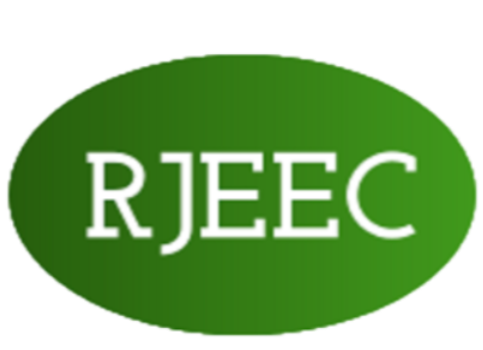
Pilot scale advanced photo-oxidation processes for remediation of pharmaceutical wastewater. A case study
Authors: SUJITRAJ SHETH, BIN WANG, ATTA UR REHMAN
Keywords: wastewater treatment, Fenton, photo-Fenton, COD, advanced oxidation processes (AOPs)
https://doi.org/10.21698/rjeec.2024.106The investigation of photochemical degradation of chemical components in pharmaceutical wastewater by use of ultraviolet (UV) irradiation, UV in combination with sodium hypochlorite (UV/NaOCl), and Fenton’s reagent (UV/H2O2/Fe2+) was performed. Objective of this study was to determine the best alternative to the conventional wastewater treatment or pre- / post-treatment in combination with biological treatment to one of the four effluent source outlets. The effect of the advanced oxidation treatments provided varying degree of COD reduction for all four effluents. The results showed UV/H2O2/ Fe2+ treatments provided maximum chemical oxygen demand (COD) reduction of the anaerobic system outlet effluent. The combination of UV/H2O2/ Fe2+ (750 mg/L FeSO4+7500 mg/L H2O2) provided reduction in COD up to 75% upon three-hour UV exposure. The initial effluent COD was about 22000 mgO2/L and the treated effluent BOD5 /COD ratio was 0.50 showing greater amenability to biological processes. Sodium hypochlorite dosages between 3000 and 10000 mg/L achieved the results with little variation as compared to UV/H2O2/ Fe2+. Additionally, comparison was made of the UV exposure time required to reach the maximum reduction of COD value and the necessary effective oxidant dose to achieve the desired COD reduction, which could provide predictive model for the treatment of wastewater processes.



